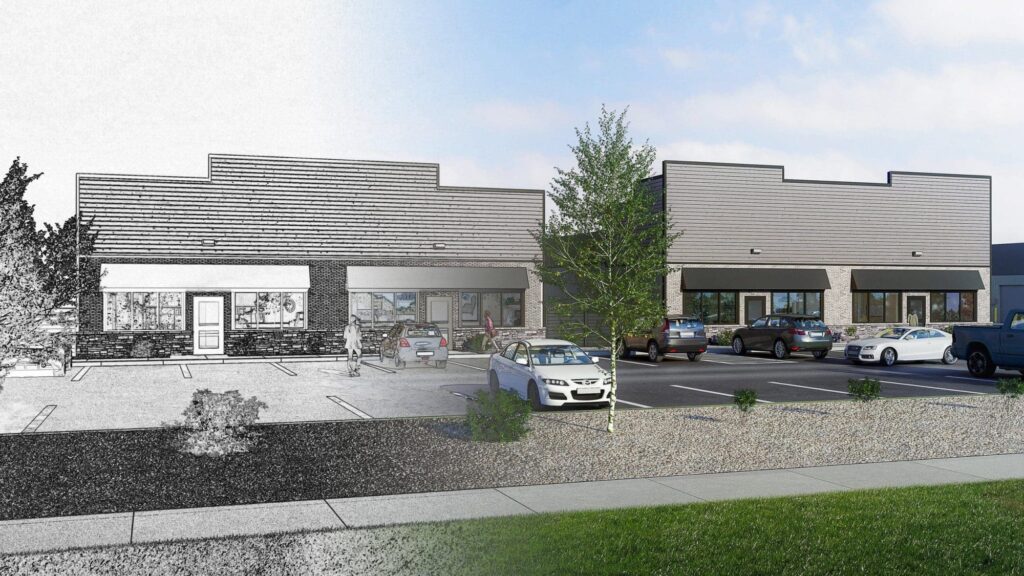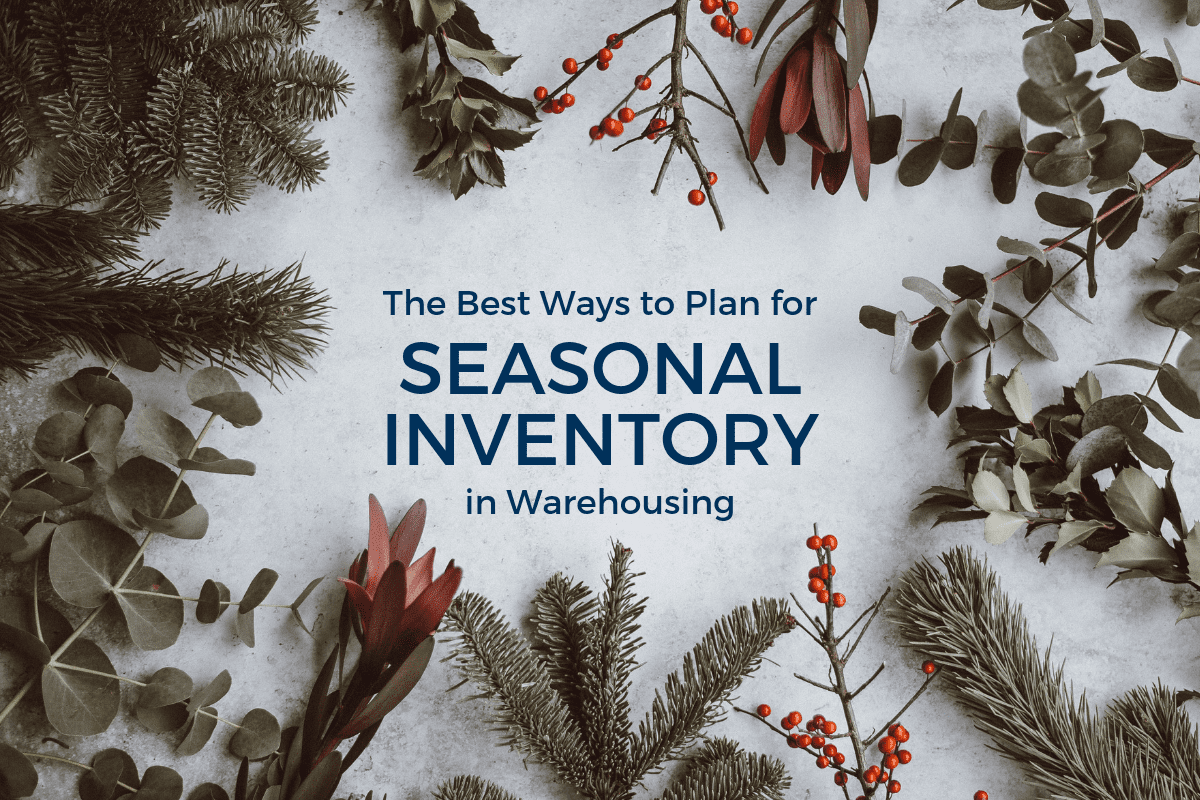Are you in need of a small warehouse for your business? Renting a warehouse can be a complex process, with many factors to consider. In this article, we will guide you through the steps of renting a small warehouse, from understanding your warehouse needs to making smarter decisions. Whether you’re looking to determine the size of your needs, calculate your budget, or consider the location’s impact on warehouse selection, we’ve got you covered. We will also discuss the process of finding potential warehouse rentals, researching and comparing options, and the necessary legal documents and procedures. Additionally, we’ll dive into considerations for small warehouses, including design and layout, health and safety considerations, and additional features and accessories. By the end of this article, you’ll have the knowledge and confidence to make informed decisions when it comes to renting a small warehouse.
Understanding Warehouse Needs
Before starting your search for the perfect small warehouse for rent, it’s crucial to understand your specific warehouse needs. These could range from storage requirements to factors like a loading dock.
It’s also important to consider if the logistics real estate suits your business model. For instance, an e-commerce brand might need a warehouse space that’s optimized for quick, efficient order fulfillment.
Determining the Size of Your Needs
When considering small warehouse spaces, it’s paramount not to underestimate the room you’ll need. Understanding your requirements in terms of square foot is a must. Take the time to measure your inventory and figure out the small warehouse space necessary to store it.
Remember, it’s better to err on the side of caution and opt for slightly more space than less. A crammed warehouse is an inefficient one.
Calculating Your Budget
Budgeting is a key aspect that determines the type of warehouse spaces you can afford. It’s essential to factor in not only the monthly rent but also additional costs such as insurance and utilities.
Commercial real estate leasing is all about striking a balance between getting the facilities you need and maintaining a clear lease that doesn’t overstretch your budget.
Location’s Impact on Warehouse Selection
Consider the location of potential office locations carefully. Being centrally located or close to transportation lines can save money in shipping costs.
In some areas, like Indianapolis, Indiana, the strategic location makes it an excellent spot for a small warehouse. However, the price per square foot might be slightly higher in such locations.
The Process of Renting a Small Warehouse
Finding Potential Small Warehouse Rentals
Once you’ve figured out your needs, the hunt for the perfect small warehouse for rent begins. You might search listings online, speak to a commercial real estate broker, or get recommendations from other business owners.
Virtual tours can be extremely advantageous in narrowing down your options without having to travel to each warehouse space.
Researching and Comparing Options
Once you’ve selected a few warehouse spaces, you’ll need to research and compare them. Important factors to consider include the year built, the condition of the warehouse, loading dock access, and the flexibility of the lease terms. It is important to compare apples to apples when leasing small warehouse space. For example, RISE Commercial District is an all inclusive facility, whereas most other places charge you for CAM fees, utilities, etc. So, when comparing pricing, make sure you determine the fees up front.
Necessary Legal Documents and Procedures
The renting process also involves completing necessary legal procedures. A clear lease is essential, outlining the responsibilities of both tenant and landlord.
Ensure you fully understand and agree with all details before signing. This could help you avoid potential disputes and ensure a smooth rental experience.
Considerations for Small Warehouses
The logistics real estate market has seen a significant shift towards small warehouse spaces due to the growing e-commerce industry, and the increasing need for flexible and efficient office locations. A small warehouse for rent can provide businesses with a space-efficient solution to store goods and products. However, it’s important to consider the size of the warehouse space in square foot, the clear lease terms and conditions, the monthly rent and other utilities before signing the lease agreement.
Typically, small warehouse spaces range from 5,000 to 50,000 square feet and are typically located in areas with easy access to major highways. This allows for quick and convenient shipping and receiving of goods. So, whether you’re planning to use the space for storage or to run your operations, the location of your warehouse plays a significant part in your decision-making.
Design and Layout of the Warehouse
Optimizing the layout and design of small warehouse spaces can help to maximize space utilization and operational efficiency. Businesses should ensure there’s enough space for product storage, office spaces, a loading dock, and a parking area. Additionally, the warehouse should have an efficient layout that reduces travel time, reduces errors, and improves productivity.
Consider the height of the warehouse as well. The height can significantly impact the storage capacity – the taller the warehouse, the more you can store. Another key factor is the design of the loading dock. It should be easily accessible for trucks and have a well-planned incoming and outgoing flow of goods.
Health and Safety Considerations
When renting a small warehouse for your business, health, and safety should be a top priority. Ensure there is adequate ventilation, especially if you’ll be storing chemicals or products that emit fumes. The warehouse should also have good lighting, both natural and artificial, to reduce the risk of accidents. A well-lit warehouse ensures better visibility and reduces errors in picking, packing, and shipping of goods.
Consider warehouses equipped with safety features like fire alarms, sprinklers, and emergency exits. These essential features protect your employees, goods, and the building structure in case of an emergency.
Additional Features and Accessories
The unique aspects of your business may dictate you to look for certain additional features in the small warehouse space. For instance, industries dealing with sensitive goods may need climate-controlled spaces. If there’s a high dependence on technology, having reliable and robust internet connectivity becomes a critical factor.
In recent times, a virtual tour of the small warehouse for rent has also become popular, saving potential tenants time and making the decision process easier. Some commercial real estate agencies even provide detailed property information like year built, property type, and the most recent tenant. These additional features and accessories don’t just facilitate smooth day-to-day operations but also make the workspace more comfortable and convenient.



